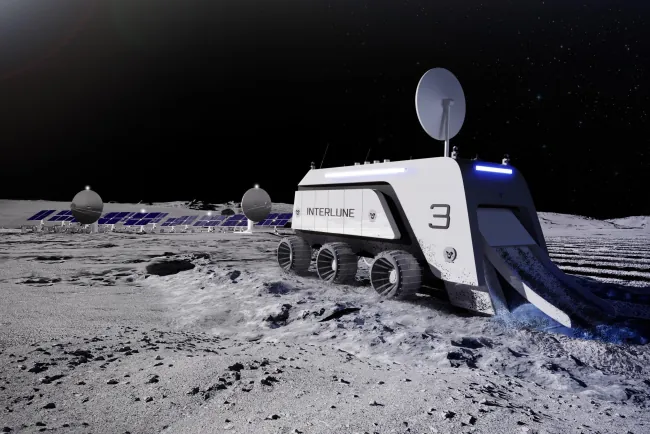SpaceX Starship's Third Launch Attempt: A Step Closer to the Moon
SpaceX aims for success in Starship's third launch, marking a critical step towards moon and Mars missions. Live updates and key insights.

SpaceX Starship's Third Launch Attempt: A Step Closer to the Moon
SpaceX is gearing up for an unprecedented third attempt to launch its most ambitious project yet, the Starship rocket, designed to redefine human space exploration by ferrying astronauts to the moon and potentially to Mars. This article delves into the specifics of the upcoming launch, scheduled for Thursday morning from the Boca Chica launch site in South Texas, offering live updates and essential information for space enthusiasts.
Outline
- Introduction
- The Significance of Starship
- Previous Launch Attempts
- What to Expect from the Third Launch
- Key Milestones and Challenges
- Future of SpaceX's Moon and Mars Missions
- How to Watch the Launch
- FAQs
- Conclusion
Introduction
SpaceX's Starship represents the pinnacle of current rocket technology, a nearly 400-foot-tall behemoth poised to carry humans beyond Earth's orbit. After two explosive test flights, SpaceX aims to demonstrate the rocket's full capabilities in a third attempt, marking a significant milestone in space exploration history.
The Significance of Starship
The Starship is more than just a rocket; it's a vision for the future of human space travel. Designed to be fully reusable, it promises to make trips to the moon, Mars, and potentially beyond, more feasible and economical. This launch is a critical step toward realizing that vision, with the vehicle set to demonstrate its prowess by traveling part of the way around Earth.
Previous Launch Attempts
SpaceX's perseverance through challenges is evident in Starship's journey. The first two launches, while not fully successful, provided invaluable data to engineers. These explosive endings were not failures but stepping stones, each bringing SpaceX closer to a fully realized mission.
What to Expect from the Third Launch
Scheduled for no earlier than 8 a.m. Eastern time, the launch has a 110-minute window. This third attempt seeks not only to reach higher altitudes but also to test the rocket's ability to carry payloads into orbit, a capability critical for future lunar and interplanetary missions.
Key Milestones and Challenges
The Starship system's innovative design includes the Super Heavy booster and the Starship spacecraft. Previous flights have tested crucial in-flight maneuvers, such as hot staging. This launch aims to build on those achievements, with the spacecraft attempting a splashdown in the Indian Ocean.
Future of SpaceX's Moon and Mars Missions
A successful test flight will be a monumental validation of Starship's design and capabilities. However, reaching the moon and Mars will require further tests and refinements, underscoring the iterative nature of groundbreaking space exploration.
How to Watch the Launch
The launch will be live-streamed on X and covered by various media outlets, including a livestream by The New York Times, allowing enthusiasts worldwide to partake in this historic event.
FAQs
-
What is Starship? Starship is SpaceX's next-generation spacecraft designed for missions to the moon, Mars, and potentially beyond.
-
Why are the previous launches considered successful despite explosions? Each test provided critical data to improve the design and functionality of the rocket, making them valuable steps toward a fully operational Starship.
-
What will a successful third launch mean for SpaceX? It will validate the Starship's design and its potential for future moon and Mars missions, paving the way for human space exploration.
Conclusion
SpaceX's third Starship launch attempt represents a pivotal moment in the quest for interplanetary travel. As we stand on the cusp of a new era in space exploration, the world watches with bated breath, hoping for a glimpse into the future of humanity's place in the cosmos. Stay tuned for live updates and witness history in the making.
Discover more about SpaceX's groundbreaking missions and the future of space travel at Kiksee Magazine.
What's Your Reaction?






















